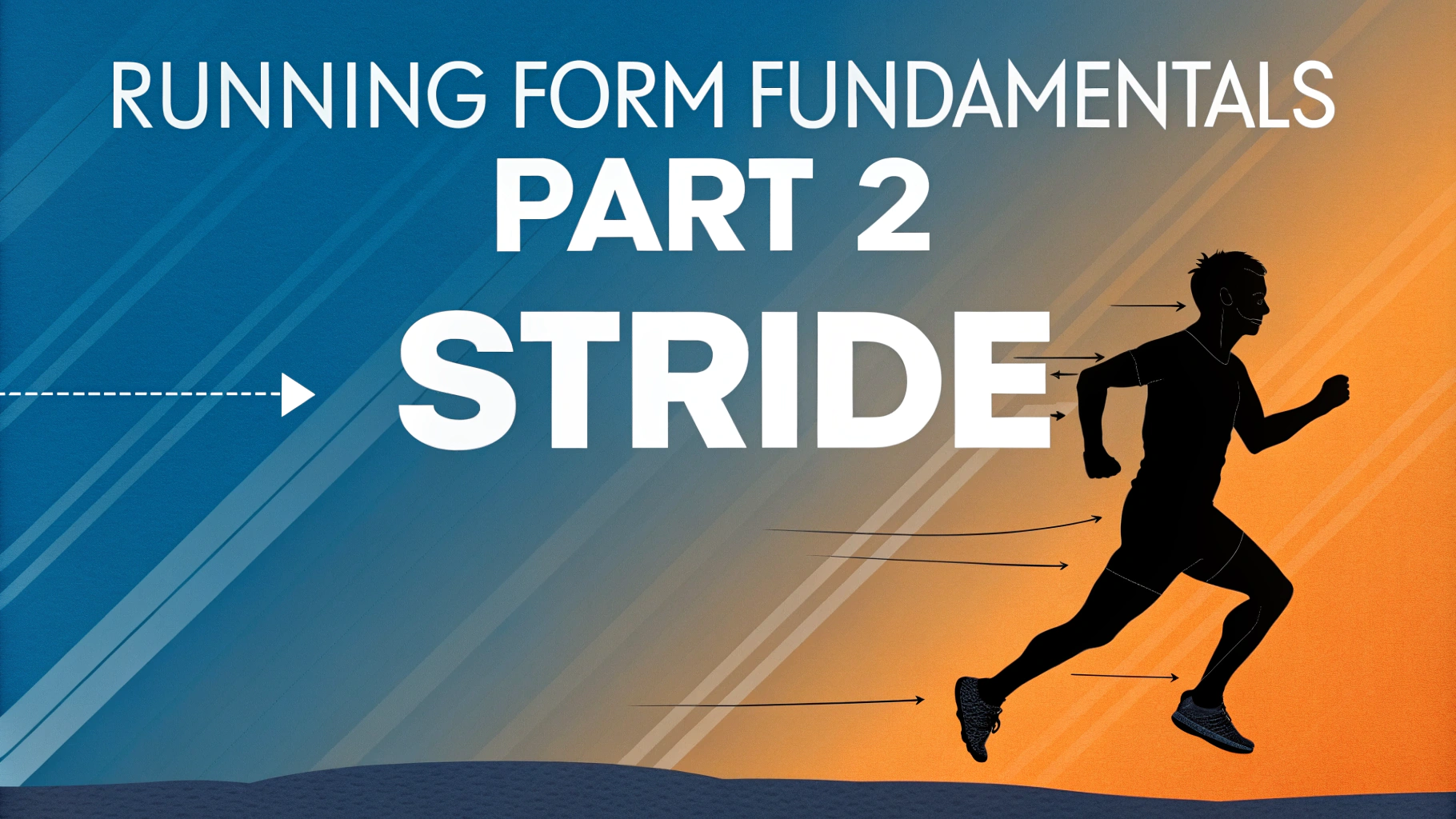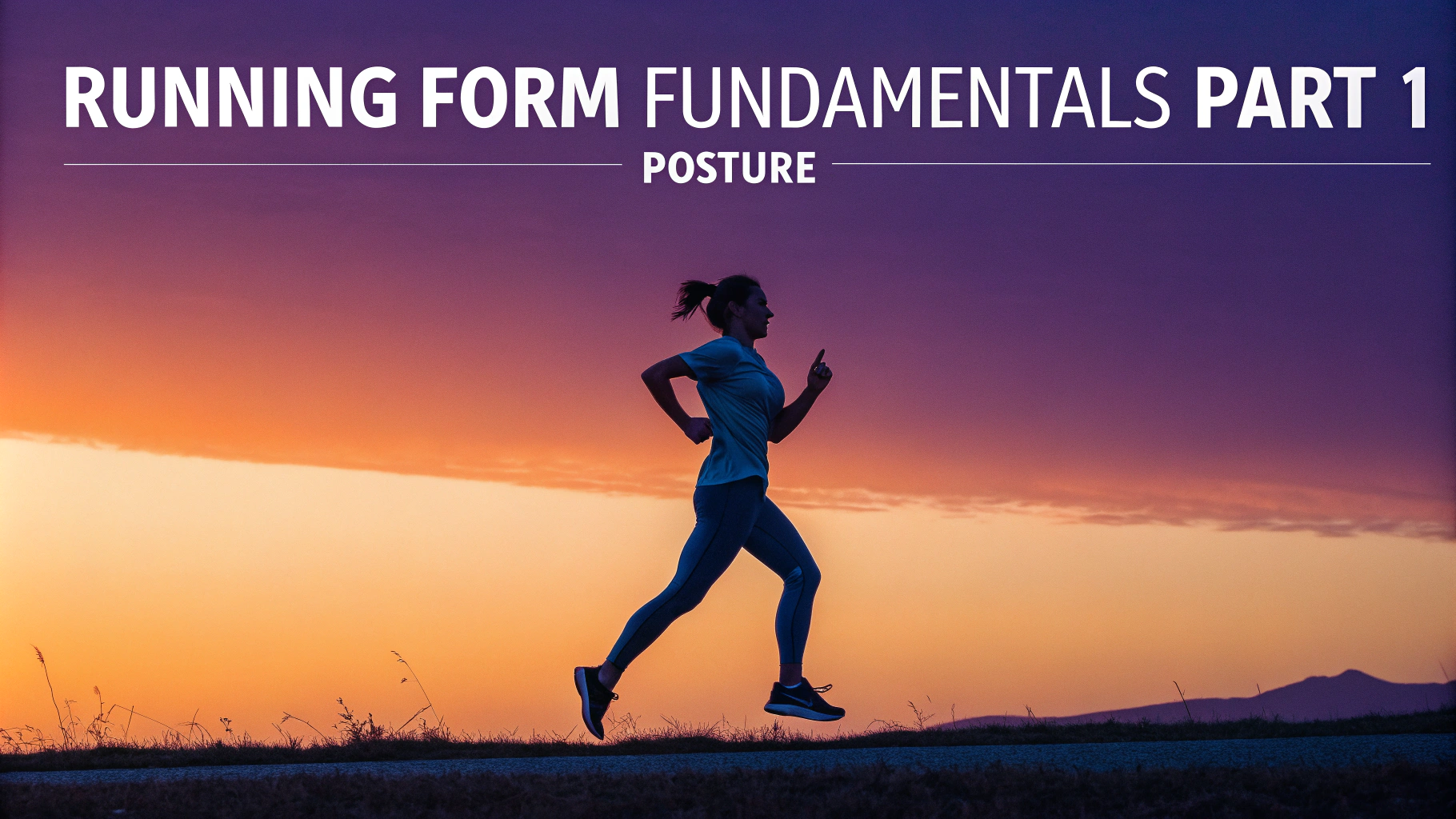Running transforms from a basic human movement into a legitimate competitive sport through its rich history, established rules, governing bodies, and worldwide competitions.
The sport features multiple disciplines including track events, road racing, cross country, and ultramarathons – each requiring specific training methods and techniques.
Key Elements That Define Running as a Sport
- Standardized competition rules and regulations
- Professional athlete classifications
- Olympic recognition since 1896
- Global championship events
- Record-keeping systems
Professional Organizations and Governing Bodies
World Athletics (formerly IAAF) serves as the main governing body, overseeing international competitions and maintaining official records.
Major Running Organizations:
- USA Track & Field (USATF) – www.usatf.org
- European Athletics – www.european-athletics.org
- Road Runners Club of America (RRCA) – www.rrca.org
Competition Formats
| Format | Distance | Surface |
|---|---|---|
| Sprint Events | 100m – 400m | Track |
| Middle Distance | 800m – 3000m | Track |
| Marathon | 42.2km | Road |
Training and Performance Metrics
Athletes track specific performance indicators including pace, heart rate, VO2 max, and lactate threshold.
Essential Performance Metrics:
- Race Times: Official competition results
- Personal Records (PRs): Best performances at specific distances
- Training Volume: Weekly mileage and intensity levels
Equipment and Technology
Modern running requires specialized gear that meets sport regulations while enhancing performance.
Required Equipment:
- Competition-approved running shoes
- Race bibs and timing chips
- Performance tracking devices
Professional Recognition
Elite runners earn income through prize money, sponsorships, and appearance fees at major events.
Getting Started in Competitive Running
- Join a local running club
- Register for sanctioned races
- Work with certified coaches
- Track progress systematically
Contact your national athletics federation or local running club to begin your competitive running journey.
Health and Safety Considerations
Proper preparation and precautions are essential for competitive running success and injury prevention.
Key Safety Measures:
- Regular medical check-ups
- Proper warm-up routines
- Hydration protocols
- Recovery techniques
Competition Preparation
Success in competitive running requires strategic planning and systematic preparation.
Pre-Race Essentials:
- Tapering schedule
- Nutrition planning
- Race-day logistics
- Mental preparation
Advanced Training Techniques
Elite runners incorporate various specialized training methods to enhance performance.
Training Components:
- Interval training
- Tempo runs
- Hill workouts
- Recovery sessions
Conclusion
Running as a competitive sport offers structured pathways for athletes at all levels to pursue excellence. Through established governing bodies, standardized competitions, and comprehensive training methodologies, participants can progress from recreational running to elite competition. Success requires dedication to proper training, understanding of rules and regulations, and commitment to continuous improvement.
Next Steps:
- Research local competitions
- Establish training goals
- Connect with running community
- Develop long-term athletic plan
FAQs
- What makes running qualify as a legitimate sport?
Running meets all criteria of a sport: it requires physical skill, has competitive elements, follows specific rules in competitions, demands training and technique, and has organized governing bodies like World Athletics. - What are the different competitive disciplines in running?
Running includes sprints (100m, 200m, 400m), middle distance (800m, 1500m), long distance (5000m, 10000m), marathons, ultra-marathons, cross country, and relay races. - How does professional running differ from recreational running?
Professional running involves structured training programs, specific competition categories, qualifying standards, official rankings, prize money, sponsorships, and adherence to international competition rules. - What physical skills are required for competitive running?
Competitive running requires cardiovascular endurance, muscular strength, proper form and technique, speed, agility, balance, core stability, and mental fortitude. - Are there official running championships and governing bodies?
Yes, running has multiple championships including the Olympics, World Athletics Championships, Diamond League, and national championships, governed by World Athletics and national federations. - What training methods do competitive runners use?
Competitive runners utilize interval training, tempo runs, long-distance runs, hill training, strength conditioning, periodization, and recovery protocols in their training regimens. - How is performance measured in competitive running?
Performance is measured through time, placement in races, qualifying standards, world records, personal bests, and rankings in various age groups and categories. - What equipment and facilities are required for competitive running?
Competitive running requires specialized footwear, appropriate clothing, timing systems, standardized tracks, certified race courses, and starting blocks for sprints. - How does running compare to other Olympic sports?
Running is one of the oldest and most fundamental Olympic sports, featuring multiple events, strict qualifying standards, and some of the most watched competitions in the Games. - What impact does running have on global sports culture?
Running influences global sports culture through major marathons, international competitions, professional athletes’ achievements, and its role in both amateur and elite sports development.










